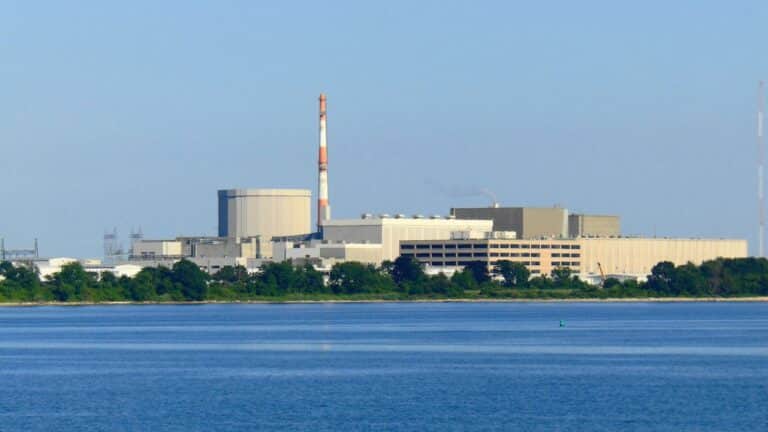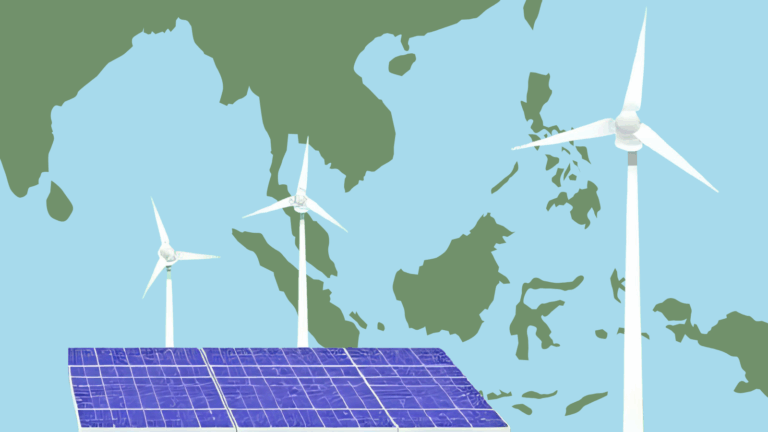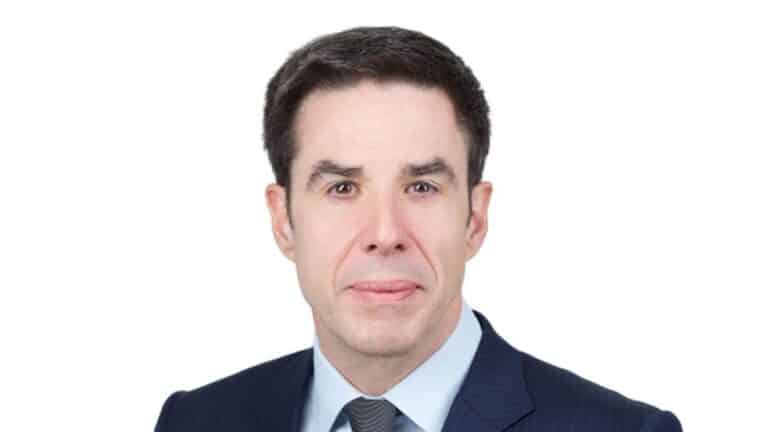This website uses cookies as well as similar tools and technologies to understand visitors’ experiences. By continuing to use this website, you consent to Columbia University’s usage of cookies and similar technologies, in accordance with the Columbia University Website Cookie Notice.
By Jason Bordoff
New York was buzzing with energy last week as Climate Week NYC and the UN General Assembly brought a flurry of events, receptions, security protocols–and endless gridlock–to our great city. (If anyone wants a ride on the back of my two-person e-bike next year, I can confirm it is by far the best way to get around during UNGA–and every other week of the year too.)
The conversations in numerous public and private dialogues echoed many of the Center on Global Energy Policy’s recent writings and priorities. The urgency of accelerating climate action was repeatedly emphasized, as the impacts of climate change are increasingly evident to anyone walking the streets of Phoenix in the summer, buying flood insurance in Florida, or farming rice in Vietnam. The gap between ambition and reality, however, which we have written about for years as emissions continue to rise despite so many pledges and targets, was ever more acknowledged.
In contrast with the sentiment of prior years that a clean energy revolution was unstoppable, there was more sense of pragmatism and realism that this clean energy transition faces numerous hurdles. Participants more often recognized and discussed the barriers to accelerating the deployment of clean energy, many of which reflect challenges we have prioritized in our initiatives at the Center on Global Energy Policy.
Public events and private discussions focused not only the need for more ambition, particularly in preparation for the next round of national emission reduction targets to be released next year, but also the higher costs, supply chain bottlenecks, consumer pushback, and delayed technology rollouts that have led some companies to scale back investment plans in clean energy.
Among the specific challenges, many discussions focused on barriers to mobilizing capital for the energy transition in emerging and developing economies, markets with rapidly growing energy needs and where most future emissions will come from. Long permitting and siting delays for clean energy were another topic given much greater attention this year. There was also much more discussion about geopolitical risks to the energy transition about which CGEP has written for years, such as growing trade tensions, which is a major focus of our work through our new Trade and Clean Energy Transition initiative.
Overshadowing all these discussions last week was also the recognition that as hard as it was going to be to meet the need for more zero-carbon electricity to move cars, heating and other technologies away from fossil fuels, demand for electricity is set to rise sharply and quickly with the AI revolution. It takes a decade or more to permit and build new transmission lines for renewable energy projects. Microsoft may be willing to pay $16 billion to restart Three Mile Island, but there are not many other nuclear plants ready to be switched back on, and new advanced nuclear reactors will take a decade or more to be realized. However, meeting the power needs of AI is existential for tech companies, so failure here is not an option, leaving natural gas or even building in other countries as risks to AI’s thirst for power. Advanced geothermal power is also an exciting near-term opportunity.
The many high-quality and high-impact events organized by the Center on Global Energy Policy as part of our CGEP at Climate Week programming emphasized many of these priorities. Our programming brough heads of state and other leaders to Columbia, engaged with our students, and spotlighted several of our key priority areas of focus at CGEP, including global renewable energy goals, critical minerals, trade and the clean energy transition, energy for development and opportunity, and more. We also participated in numerous leader briefings, discussions and panels hosted by other organizations across New York.
All together, CGEP hosted a dozen events that brought together diverse stakeholders on critical energy and climate-related priorities. I was very proud to see not only the quantity of events, but especially the quality of discussion at them, and of participation and depth of insights in our discussions, drawing on CGEP’s expertise and research. A huge thanks to our phenomenal team of staff and scholars for contributing so much to last week’s activities. Thanks also to so many of the Center’s friends and supporters for participating in our events.
Below please find some highlights and short summaries of CGEP’s activities at Climate Week, with some photos and links to video from the week.

On Monday morning, I joined Axios Generate author Ben Geman at Axios House New York City, discussing critical issues-of-the-day at the nexus of energy and climate change.
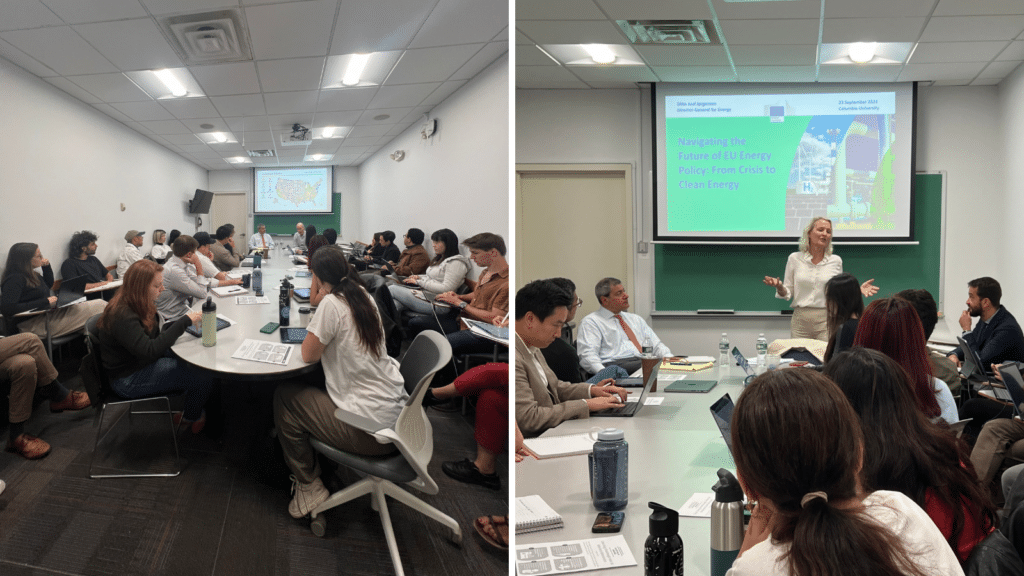
Monday afternoon, I brought the U.S. Deputy Secretary of Energy David Turk and EU Director-General for Energy, Ditte Juul Jørgensen, to meet with a group of Columbia SIPA students.
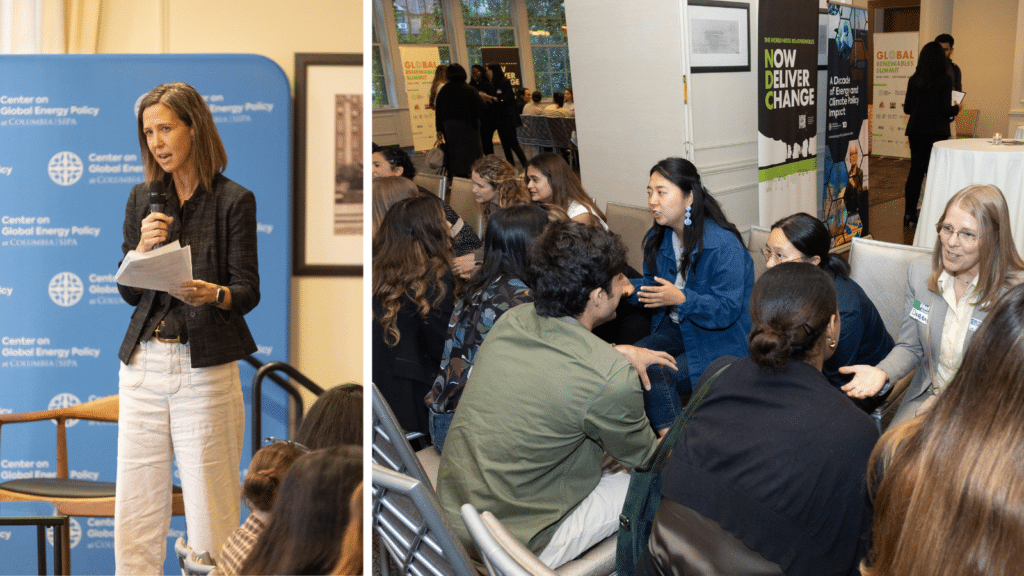
Later that evening, our Women in Energy program hosted an incredible Careers in Renewable Energy networking reception, drawing a packed crowd of early-mid career professionals and featuring remarks from the incoming Dean of the Columbia Climate School Alexis Abramson.
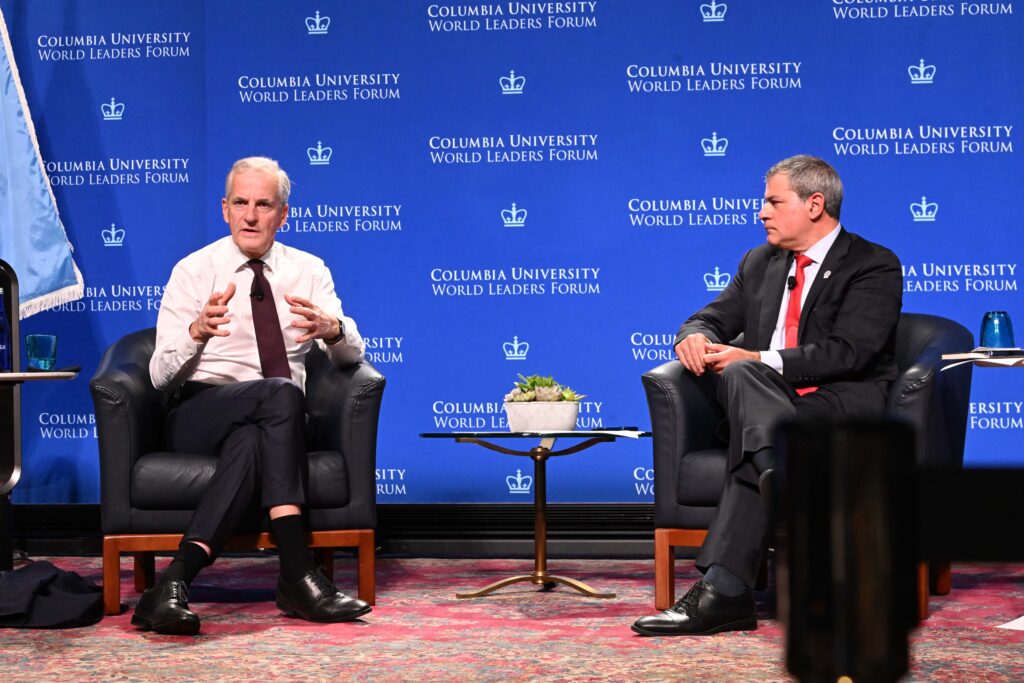
On Tuesday, I was honored to host Norwegian Prime Minister Jonas Gahr Støre for a fireside conversation at Columbia’s World Leaders Forum, in which we engaged with hundreds of students to discuss Norway’s key role in the energy transition and security for Europe.
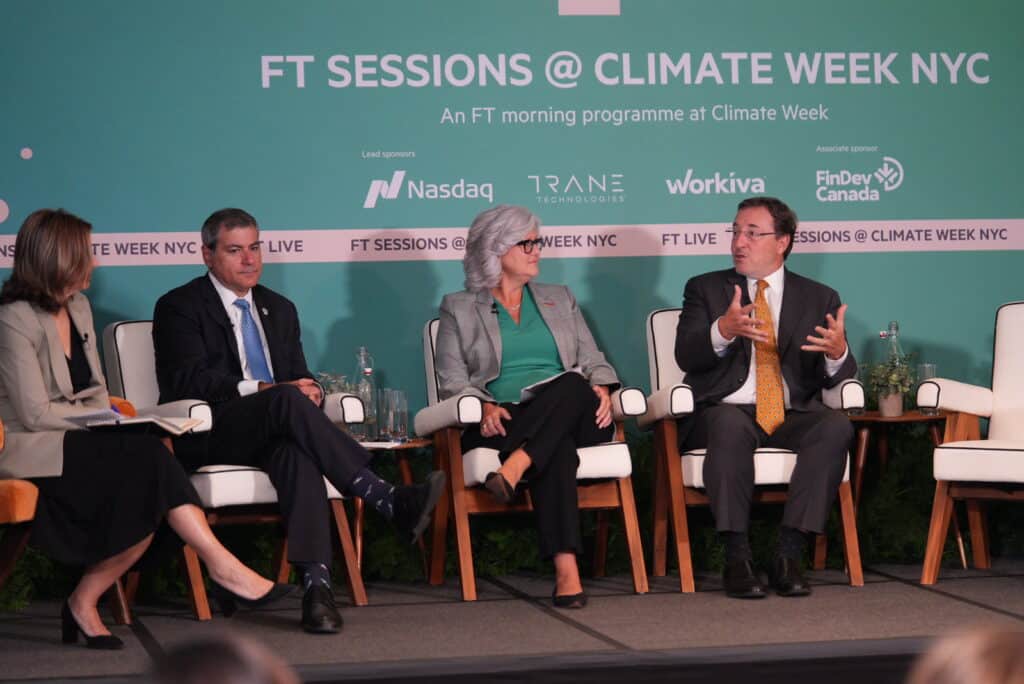
On Wednesday, I joined Financial Times Climate Editor Emiliya Mychasuka at the Financial Times’ LIVE FT Sessions @ Climate Week, for a conversation on financing a just energy transition with Lori Kerr, CEO of FinDev Canada, and Achim Steiner, Administrator of the UN Development Programme.
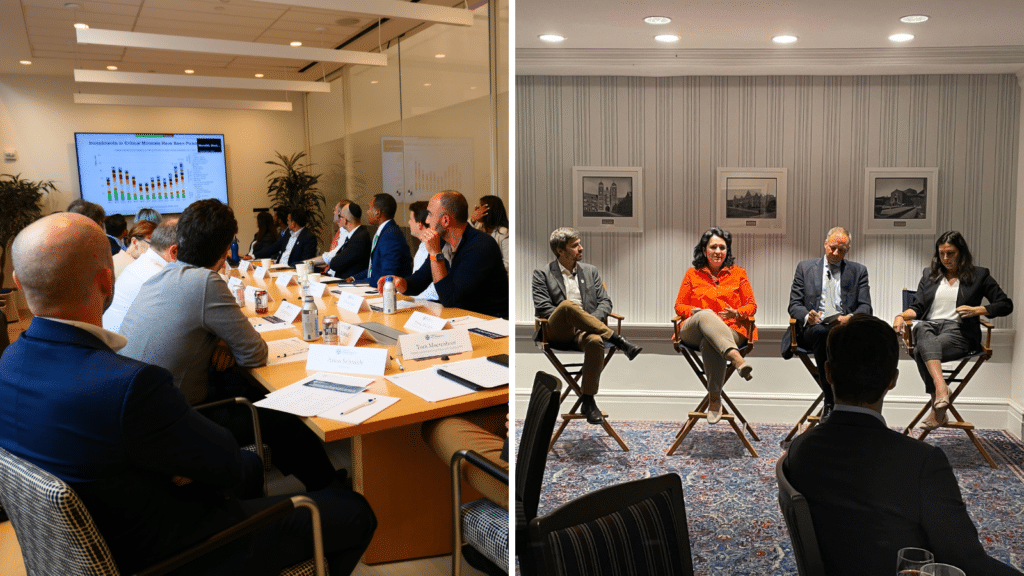
Wednesday afternoon, we hosted a private roundtable in our CGEP office on financing the responsible mining of critical minerals, and that evening we also held a private dinner focused on critical mineral and battery supply chains as part of our Critical Minerals Initiative.
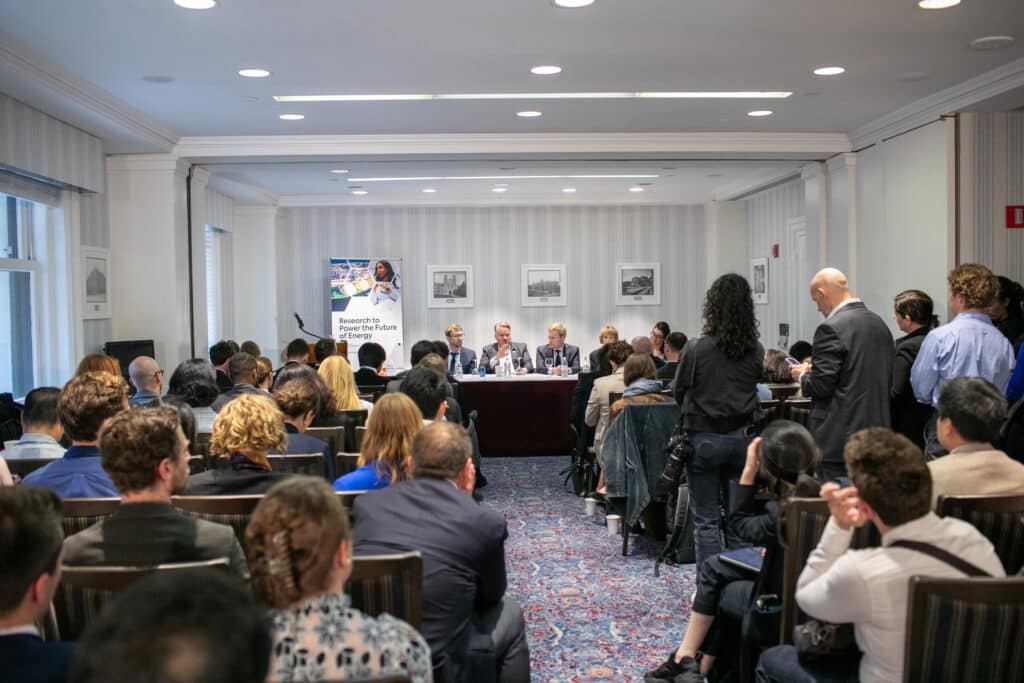
On Thursday afternoon, we held the official launch of our new Trade and Clean Energy Transition Program, a new initiative in partnership with Columbia SIPA’s Institute of Global Politics focusing on issues at the nexus of trade and climate policy. We also held a private dinner to kick-off a related International Dialogue on Climate and Trade that evening after the event.
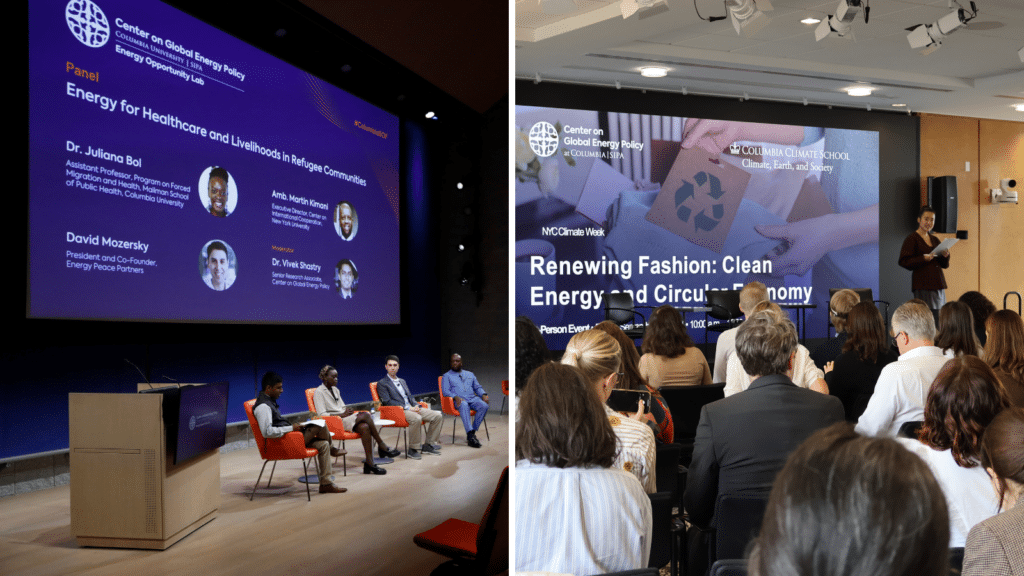
And on Friday, we closed the week with our second annual Energy Opportunity Forum, and an event in-partnership with the Climate School on the fashion industry’s clean and circular transition.
More News
Europe’s world-first carbon tariff is coming. Here’s what to know.
The EU’s Carbon Border Adjustment Mechanism is part of a broader effort to decarbonize heavy industries in Europe and globally. It takes full effect Jan.…
Why Energy Transition Discourse Needs A Dose Of Realism
There is growing, even if reluctant, consensus among many experts that market chatter on the energy transition could benefit from a heavy dose of realism.
No. 1022: On bartenders, blue jeans and some badly needed senior rentals, plus Santa before Santa was cool
Holiday rush: Better get cracking, intrepid innovators! The first workweek of December is wrapping up, leaving only 20 more days until Christmas – 19 shopping days, if you want...
Relevant
Publications
Regulatory Progress for Project-Based Carbon Credit Markets: Pre-COP30 Roundtable Summary
On November 6, 2025, in the lead-up to the annual UN Conference of the Parties (COP30), the Center on Global Energy Policy (CGEP) at Columbia University SIPA convened a roundtable on project-based carbon credit markets (PCCMs) in São Paulo, Brazil—a country that both hosted this year’s COP and is well-positioned to shape the next phase of global carbon markets by leveraging its experience in nature-based solutions.
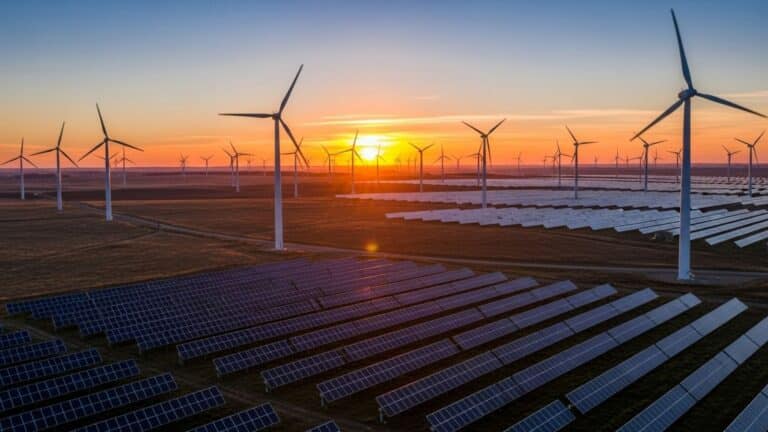
Opinion: Time for CT to rethink its climate strategy
Connecticut needs an honest debate, and fresh thinking, to shape a climate strategy fit for today, not 2022.
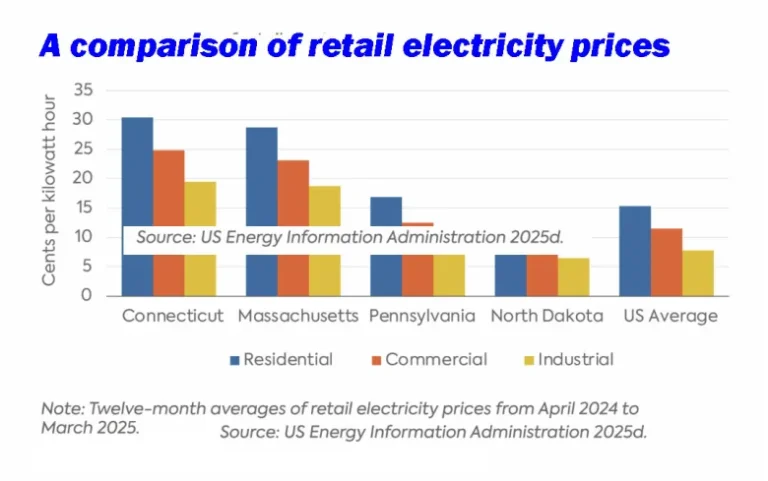
Climate Ambition and Electricity Affordability: Lessons from Connecticut
